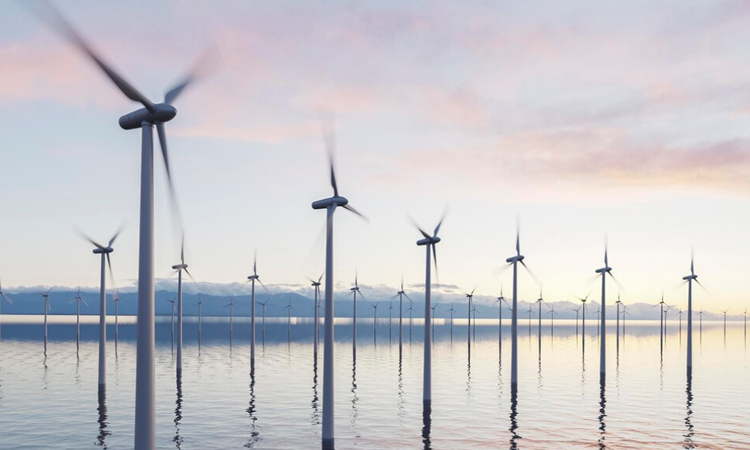Wind power generation, also known as wind energy, is a fascinating and increasingly important source of electricity. It’s a clean and renewable energy solution that harnesses the power of the wind to generate electricity. In this article, we’ll explore how wind power generation works from a professional perspective, making it easy to understand.
The Basics of Wind Power
- Wind Turbines: At the heart of wind power generation are wind turbines. These towering structures, often seen in clusters on wind farms, have large blades that capture the kinetic energy of the wind.
- Blade Rotation: When the wind blows, it causes the blades of the wind turbine to rotate. This rotation sets in motion a generator inside the turbine, which converts the kinetic energy into electrical energy.
- Generator and Electricity: Inside the generator, a shaft connected to the blades spins within a magnetic field. This motion induces the generation of electricity, typically in the form of alternating current (AC). This electricity can be used to power homes, businesses, and industries.
Wind Farms
Wind turbines are usually grouped together on wind farms. Here’s how these farms operate:
- Optimal Locations: Wind farms are strategically located in areas with strong and consistent wind patterns. Coastal regions, open plains, and elevated areas are often chosen due to their dependable wind resources.
- Efficient Placement: Turbines within a wind farm are spaced apart to avoid interfering with each other’s wind capture. This ensures that each turbine operates efficiently.
- Transmission Lines: The electricity generated by the turbines is collected and transported through a network of underground cables to a substation. From there, it’s transmitted through high-voltage power lines to homes and businesses.
Benefits of Wind Power Generation
Wind power generation offers several advantages:
- Clean and Sustainable: Wind energy is renewable and produces no direct greenhouse gas emissions, making it environmentally friendly.
- Energy Independence: Wind power reduces reliance on fossil fuels and provides a domestic source of electricity, enhancing energy security.
- Low Operating Costs: Once wind turbines are installed, their operational and maintenance costs are relatively low compared to conventional power plants.
- Job Creation: The wind energy industry creates jobs in manufacturing, installation, and maintenance of wind turbines.
Challenges and Considerations
- Intermittency: Wind is not always consistent, so energy storage or backup power sources may be necessary to ensure a steady electricity supply.
- Land and Aesthetics: Wind farms require significant land and can impact local landscapes. Balancing energy needs with land use and aesthetics is essential.
- Environmental Impact: While wind power is cleaner than many alternatives, it can still have environmental impacts, such as bird and bat collisions.
Wind power generation is a remarkable technology that converts the natural force of the wind into electricity. It plays a vital role in our transition to cleaner and more sustainable energy sources. As we continue to develop and improve wind energy technologies, it offers a promising solution to reduce our carbon footprint and ensure a brighter, more sustainable future.
Next On Your Reading List:


